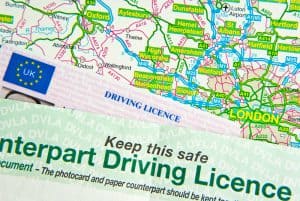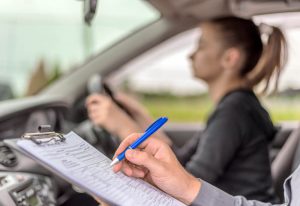Bad Weather – How Extreme Conditions on Roads Affect Driving
More help for you
Bouts of bad weather can cause treacherous conditions on the UK’s roads, and some regions are more susceptible to the chaos that wet and wintry weather can cause.
Thankfully, theory tests are designed to help all drivers be prepared for poor driving conditions. Although you might make every effort to avoid setting out when severe weather is forecast, our climate can be unpredictable -- and it’s vital you know what to do if things take a turn for the worse when you’re in the middle of a journey.
The Impact on Stopping Distances
In the event of torrential rain or heavy snow, you should slow down considerably. It’s going to take you longer to react to hazards ahead. Your stopping distances double when road surfaces are wet, and are 10 times greater than normal when it’s icy. This, when coupled with poor visibility, will mean you may not be able to anticipate potential dangers as quickly as you normally would.
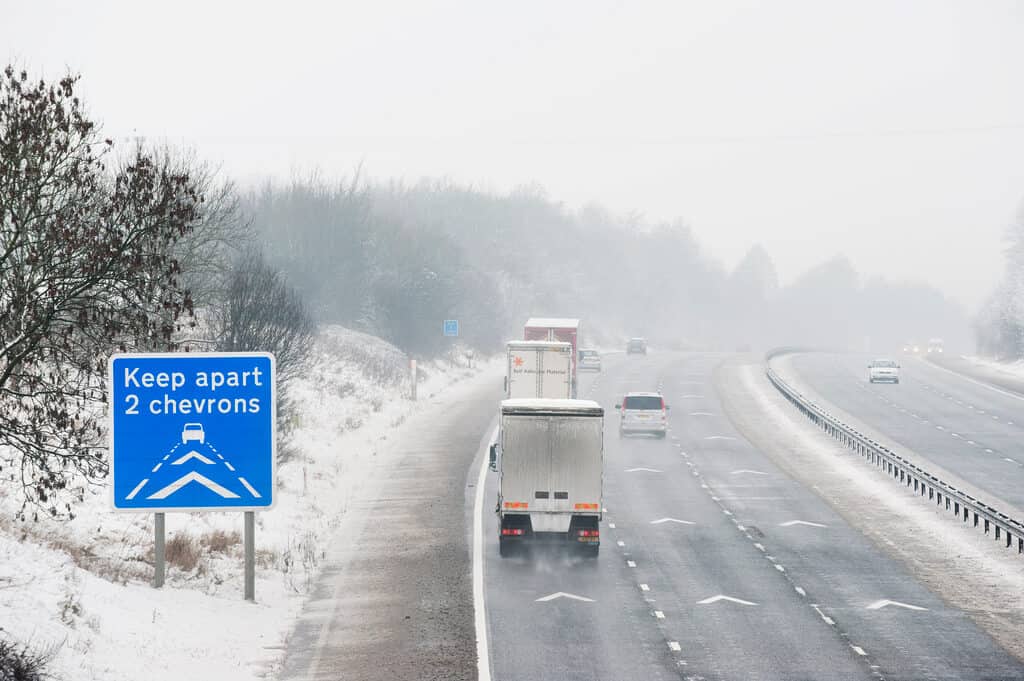
The sign on the left reminds drivers of the importance of keeping distance especially in bad weather (Highways England)
As such, it’s recommended that you keep your distance from the vehicles in front. Four seconds should be sufficient when it’s wet, but you should allow as much space as possible between you and the car ahead when it’s icy. When braking in wintry conditions, switching into a low gear prematurely is highly advisable -- enabling you to apply the brakes gently without your wheels getting locked.
Motorways and A roads are normally gritted when icy weather is anticipated, but this isn’t always guaranteed -- and there may be delays in treating them. Rural roads may not be gritted at all. As such, you should always drive cautiously just in case surfaces remain slippery.
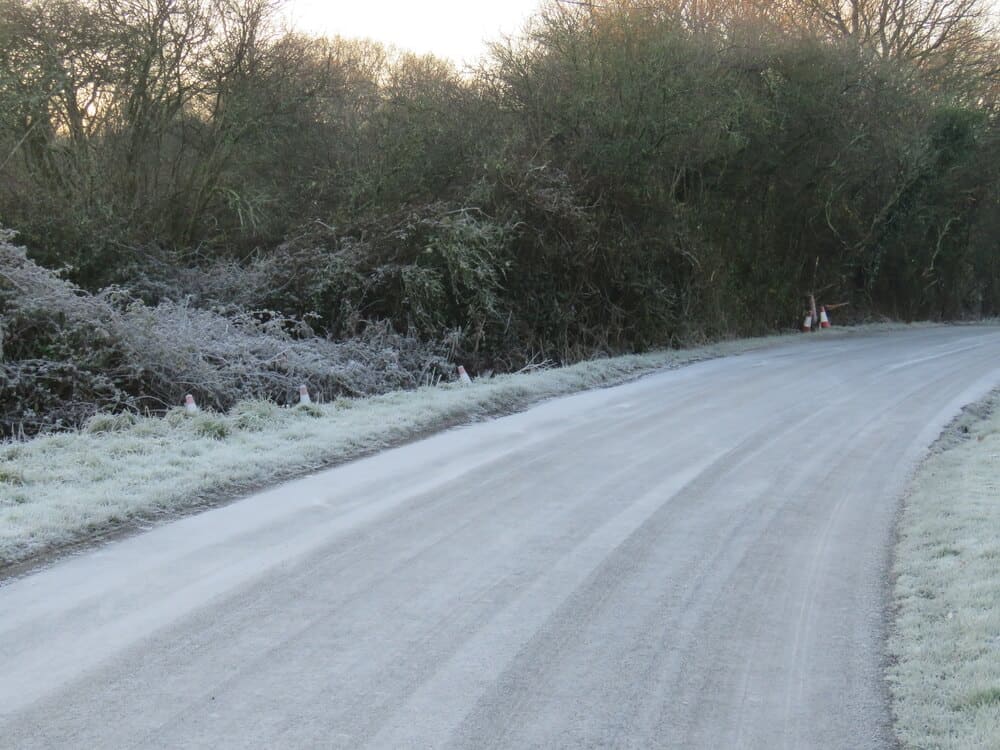
Ice layer can be hidden below the snow
The Effects on Other Road Users
As well as the inevitable problems that poor visibility can cause, do bear in mind that some vehicles are going to be more vulnerable when they encounter high winds in exposed areas. Subsequently, you’re going to want to keep your distance from motorbikes and high-sided vehicles such as vans and lorries.
This is because they can be susceptible to turbulence, especially over bridges and open stretches of road where there aren’t many surrounding buildings. Keep your distance in case they are blown around unexpectedly.
What to Do During Flooding
Driving on flooded roads can be extremely dangerous, and if a lane is blocked, you should only attempt to travel through if you’re completely certain about how deep the water is. Remember that most cars can end up floating in just 2ft of water, and can end up extremely damaged. A general rule of thumb to take is to examine whether you can see the road surface through the floodwater.
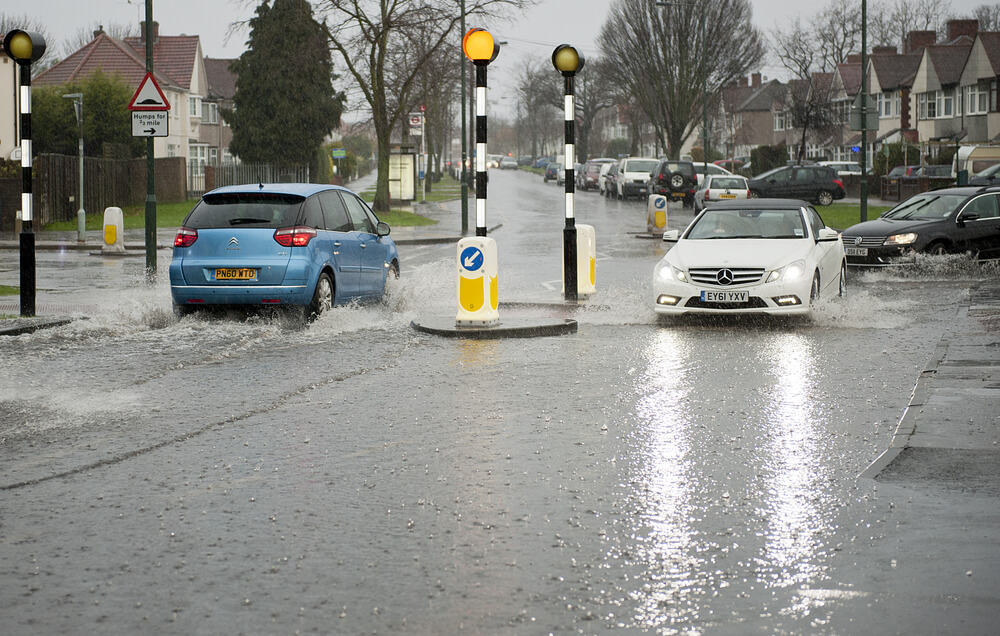
Just six inches of water can cause loss of control on the road
Only proceed if there is no onward traffic, and keep in the middle of the road wherever possible as the floodwater is likely to be shallowest here. Once you emerge, travel over an even road and gently press down on the brakes to ensure they’re still in working order.
Things to Remember When Travelling in Fog or Mist
Under no circumstances should you use full beam lights when you’re travelling in foggy conditions, as this can actually worsen your visibility even further. You should not rely on the taillights on the vehicle ahead for navigation, as this can end up misleading you and causing accidents. Winding down your windows when you reach a junction can help you listen out for oncoming traffic in extreme cases, but you may want to consider suspending your journey temporarily instead.
As a rule of thumb, fog lights should be switched on when your line of visibility doesn’t extend any further than a football pitch -- about 100m ahead or so. The consequences can be severe if you have a collision and didn’t take this measure, as this is enough to invalidate any claims made through your insurance.
Being Prepared for Emergencies
Of course, following every precaution in this article doesn’t guarantee that you won’t be caught up in a rare instance where you need to stay in a car overnight.
If you know the weather is going to be unfavourable and a long journey lies ahead, packing essentials including food, water, warm clothes, a first aid kit, de-icing equipment, a shovel, wellies and a fully charged mobile phone will help you stay safe and relatively comfortable until conditions improve. It may seem like an inconvenience, but it could quickly prove to be the best investment you’ve ever made.
Remember: Even Good Weather Can Cause Problems
And lastly, don’t forget that it’s very easy to become dazzled in low sunshine -- especially during the winter months. Road safety charities actually recommend that you keep sunglasses in your car throughout the year, purchasing prescription ones if necessary.

In spring and winter the low angle of the sun can create strong bright glare
You can revise some of the theory test questions which may arise about keeping yourself and other road users safe during bad weather on our website.


